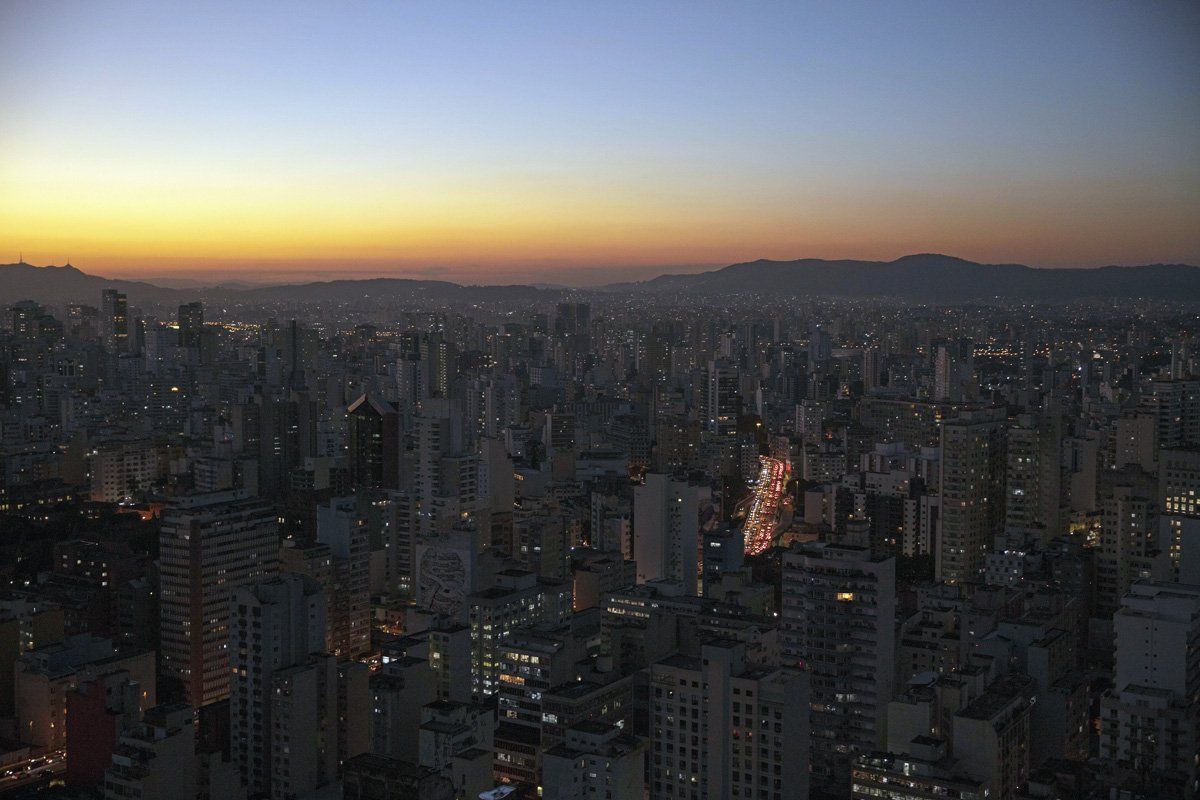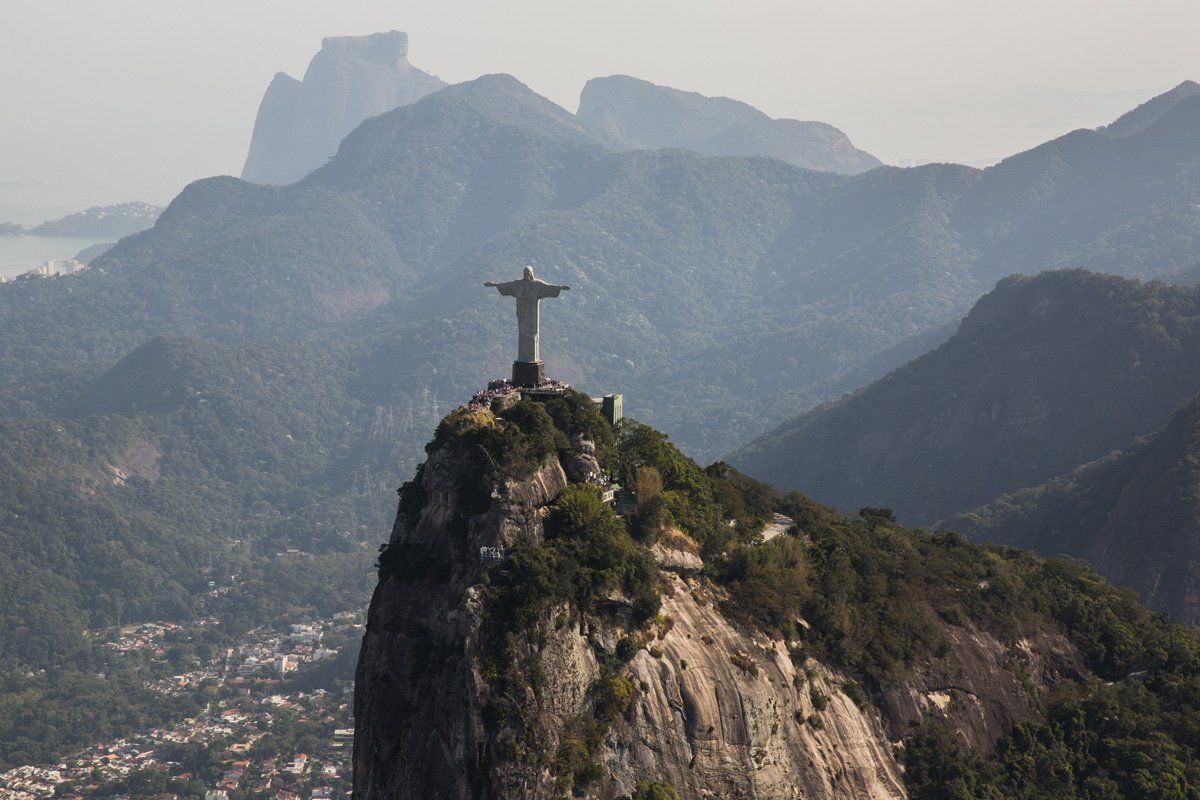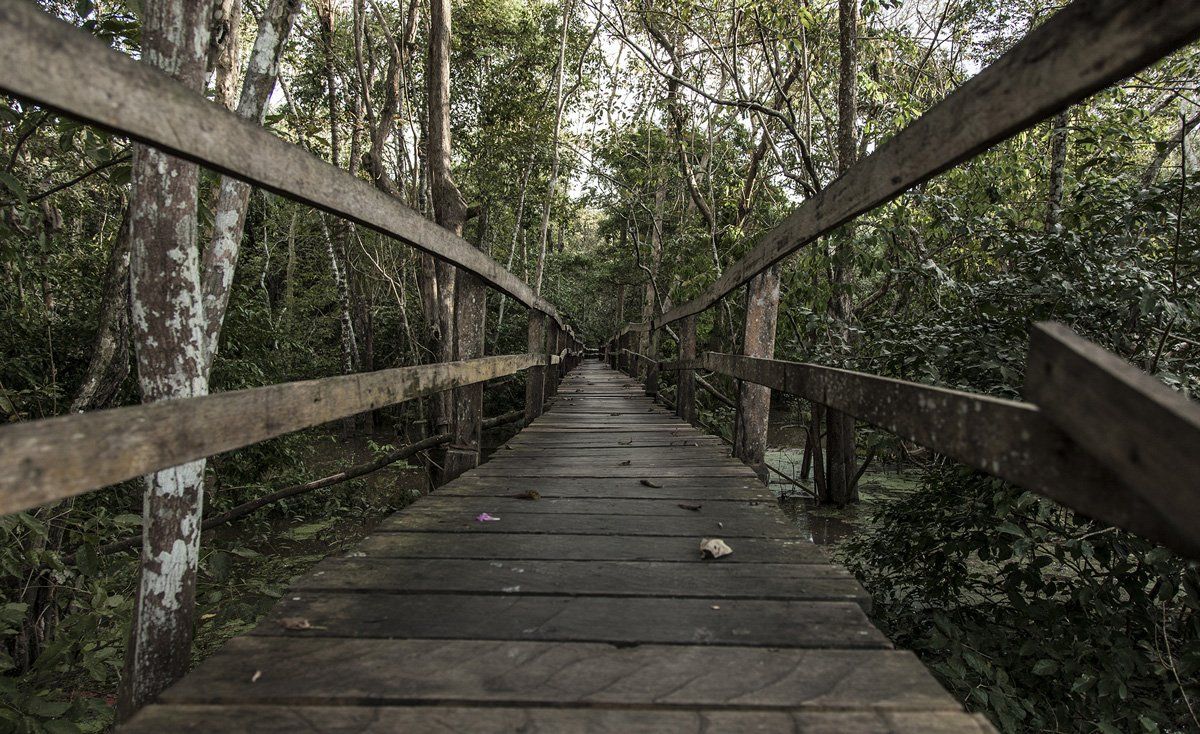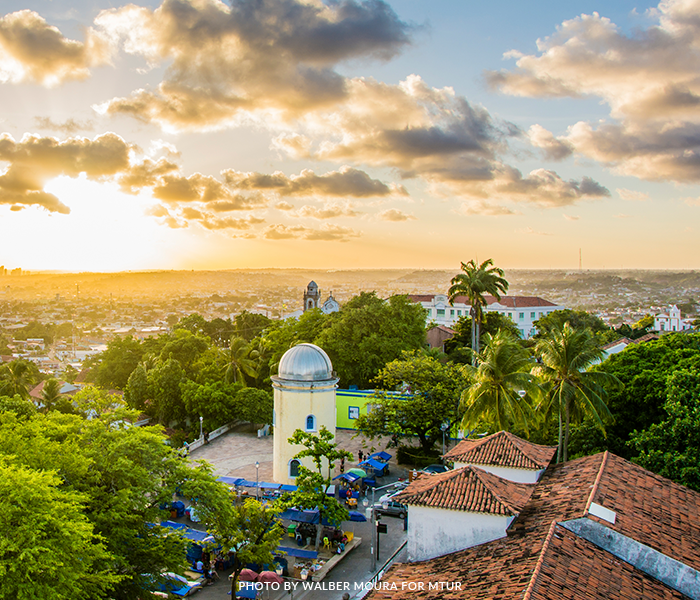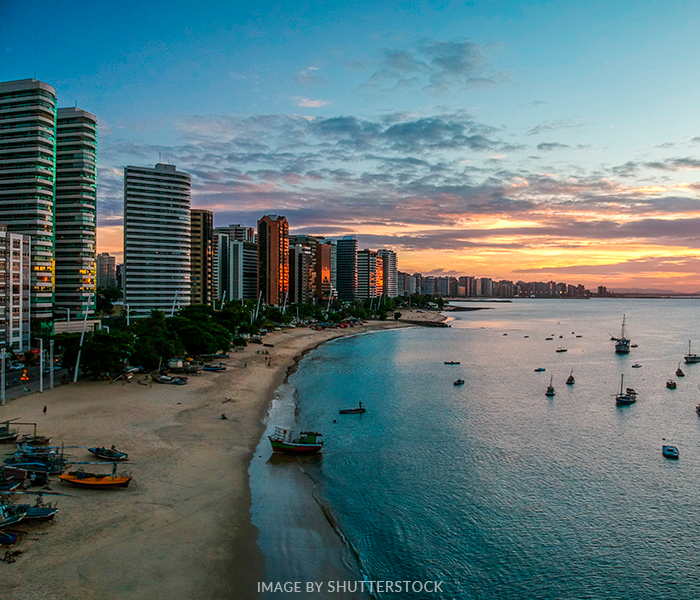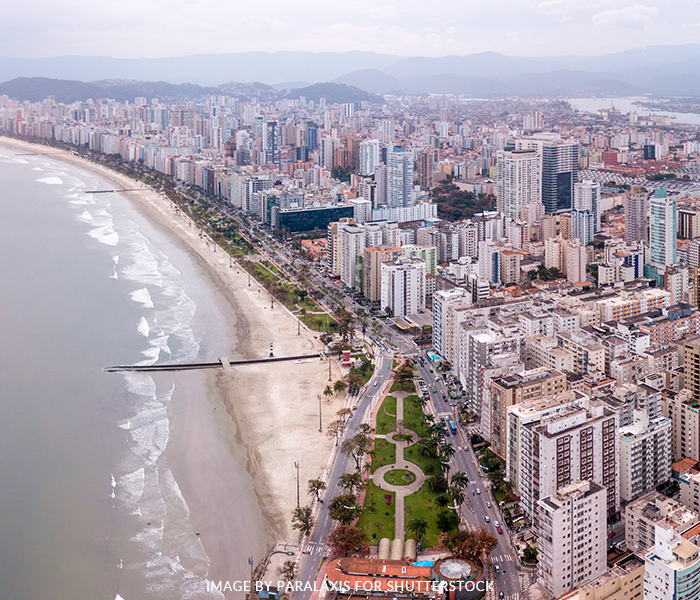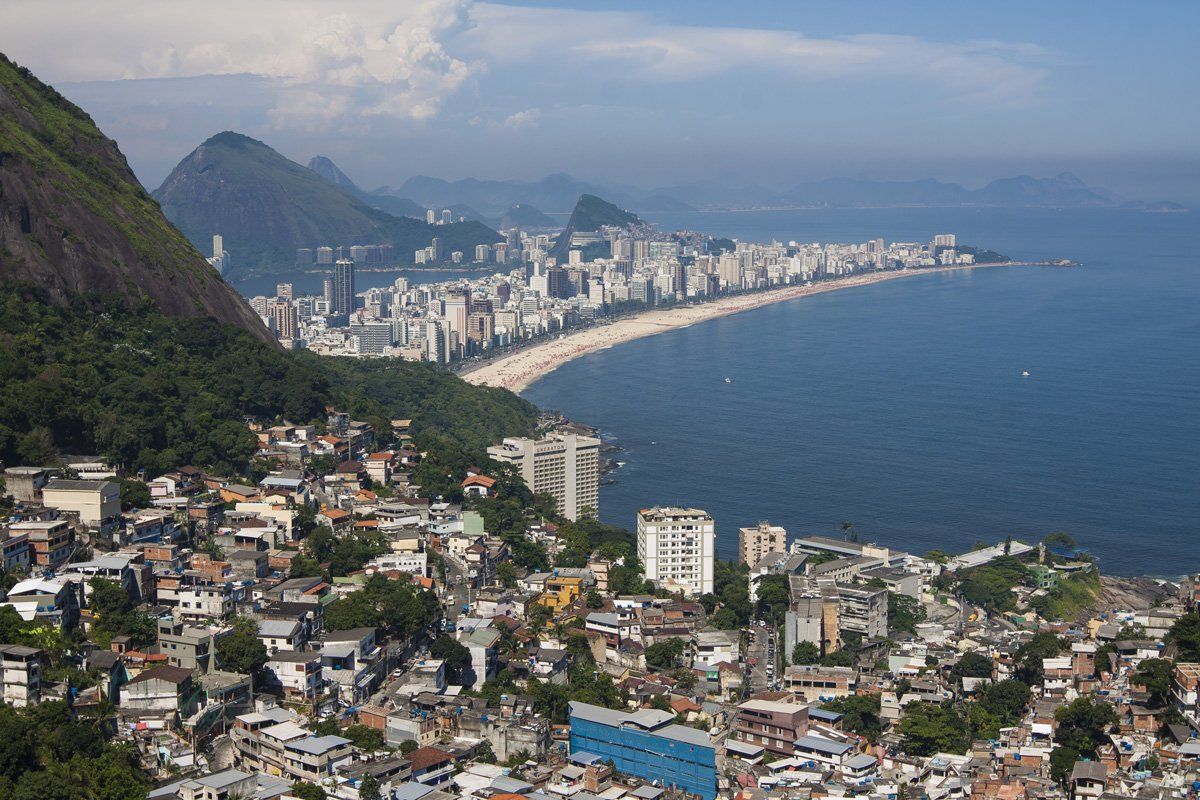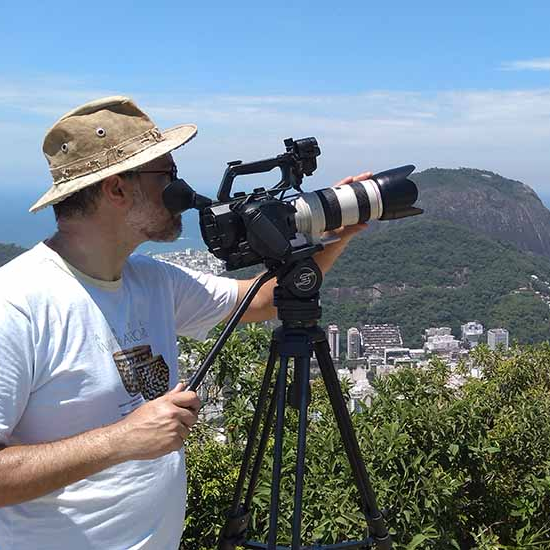Filming in the Pantanal
The Pantanal is the world’s largest wetland and it stands out due to its enormous biodiversity, being home to over 4,700 species of plants and animals.

The Pantanal is the largest wetland in the world – a vast landscape of 195,000 square kilometers (75,000 square miles) that spans parts of the Brazilian states of Mato Grosso and Mato Grosso do Sul, and into Paraguay and Bolivia.
It is home to many living creatures, with at least 3,500 species of plants, 650 of birds, 80 of reptiles, 60 of amphibians, 260 species of freshwater fish and 124 species of mammals, among them the queen of the forest, the jaguar.
This extraordinary mix of life adapts to the changing seasons in the Pantanal which transform the landscape from a flooded wetlands (from April to September) into a dry terrain (from October to March) when animals are easier to spot at watering holes.
This great wetland has been inhabited since the 16th century by the Guató people, indigenous people considered the "legitimate children" of the Pantanal. These people faced expulsion from their traditional land around 1940, but some of their traditions (such as hunting, fishing, canoeing and crafting household objects) are still practiced by the colonization survivors who reclaimed the area. Despite the resistance of the Guatós and other indigenous peoples who inhabit the Pantanal, the region has been increasingly modified by human causes and global warming, including fires, which have increased significantly since 2020 due to the decrease in environmental control in the country.
In the great immensity of Brazilian biodiversity, this biome is another breathtaking landmark and deserves more international recognition. Filming in the Pantanal is the perfect choice for productions that seek to capture rare and extraordinary creatures exclusive to that environment; just like filming in the Amazon! Added to this is the strong presence of indigenous residents of the region (including the Guatós, the Guaikurus and some tribes of Guarani origin) who increasingly need to have their voices heard around the world.
In 2022, this ecosystem reached a new audience when it became the setting for Brazil’s latest hit soap opera Pantanal on TV Globo — the most-viewed free-to-air TV channel in Brazil. It captured the imagination of the Brazilian public, adding to the region’s appeal as a backdrop for production companies in search of stunning settings.
Other internationally renowned productions to shoot in the Pantanal include the documentaries In Search of the Pantanal by Rick LaRocca and the National Geographic series Secret Brazil, with two episodes entirely dedicated to the biome: Wild Pantanal and Jaguar, the King of the Pantanal. The latter was a tribute to the Pantanal’s largest predator, which has been driven to near extinction in recent decades and is the focus of a number of conservation efforts.
These recent productions focus on the natural wonders of this wetland but there are plenty of underexplored aspects to the region, such as social conflicts, land exploitation, wildfires and climate changes in the biome itself, that hold huge potential for storytellers and documentarists. Read on to find out the top ten reasons why the Pantanal is rich in audiovisual potential.
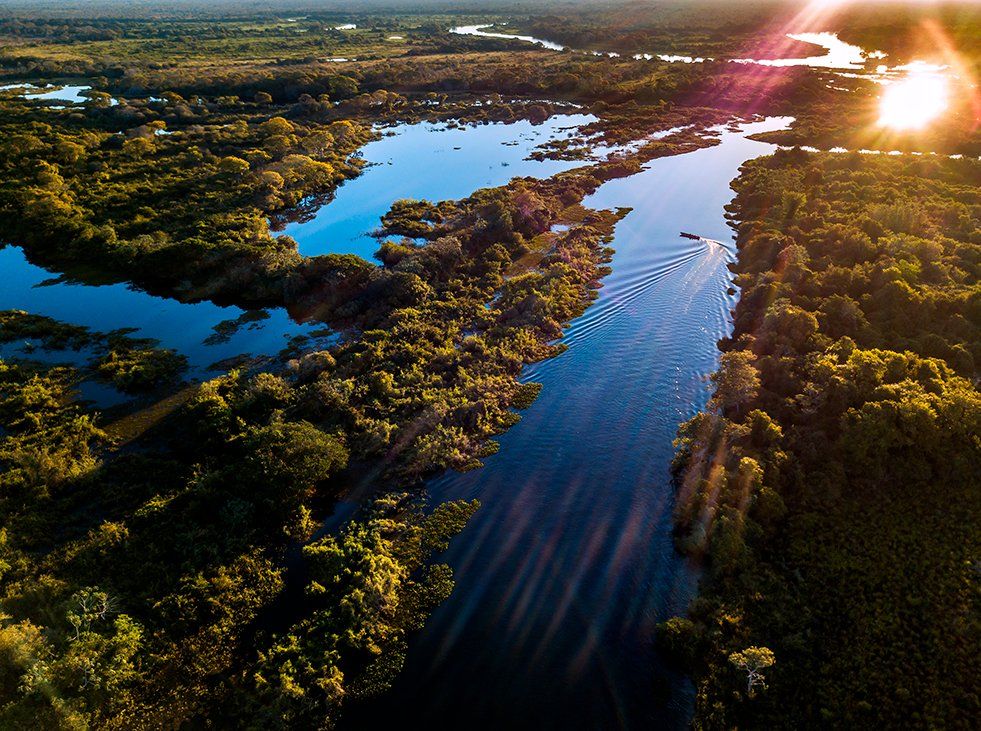
Photo by Leonardo Mercon for Shutterstock
Why film in the Pantanal?
Whether for a soap opera, a documentary series, a commercial or a film, the Pantanal has a lot to offer. Want to know why? Let’s look at 10 reasons for filming in the Pantanal!
01 To view its natural beauty
Brazil is known worldwide for its natural beauty: the beaches of
Rio de Janeiro, the
Amazon Rainforest, the Atlantic Forest and many more locations. The Pantanal is just as stunning but much lesser known. The landscapes of this immense freshwater reservoir are full of surprises, changing not just with each season, when the course of rivers change, but with each passing day thanks to the movement of the water. This variety, different on every visit, makes the region a paradise for any video producer, and makes
each shot unique.
02 To showcase its world-renowned biodiversity
The Pantanal is not just one but 11 different wetlands, according to the Brazilian Agricultural Research Corporation. Each wetland has its own soil, vegetation and climate characteristics, as well as a diversity of fauna and flora.
Among the different species of animals, there are some of the most recognized in the world, such as the tuiuiú, the infamous green anaconda and the beautiful jaguars (onça-pintada). This great variety of ecological subregions contributes to the Pantanal being considered one of the most remarkable and
biologically diverse systems
on the planet. For this reason, the region has more than five environmental conservation areas for the protection of its species, such as the Pantanal Matogrossense National Park, the largest and first area founded. Among the animals that have lived under the special care of the park is the famous giant anteater, the largest of the living anteater species.
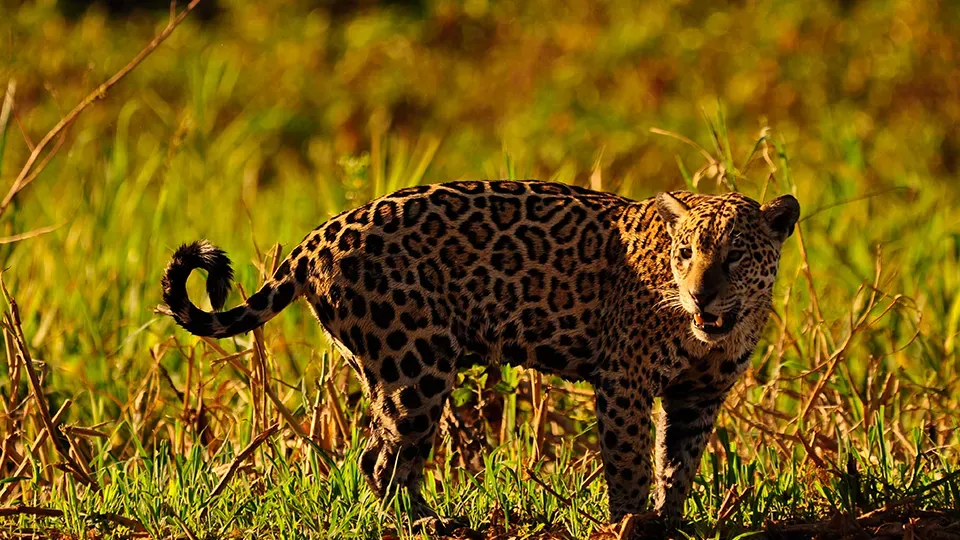
03 To taste their unique cuisine
Like any good documentary, or documentary series, local cuisine always plays a big part in enriching the highlighted environment. Pantanal cuisine is as complex as the mixture of indigenous people and colonizers that make up the local population, creating a unique diet that is worth sharing.
Fish, for example, has always been part of the local diet, as it is a heritage of the Guató people, in particular the famous pacu roasted over coals, while the sun-dried paçoca beef is a technique used by the pantaneiros as a way of storing meat.
Other famous dishes include: carreteiro rice, a meat and rice dish consumed throughout Brazil; and the
café quebra-torto, a typical breakfast meal in the Pantanal which contains carreteiro rice, eggs and farofa accompanied by drinks such as native fruit juices and lemongrass herbal teas.
04 To enjoy the touristic activities
Whether by boat, chalana, car or horseback riding, the touristic activities in the Pantanal are a nature immersion experience.
The boat trip is one of the most diverse in the world, allowing the public to be surrounded by the species which inhabit the aquatic biome, such as capybaras, alligators and giant otters. On these tours you can cross some parts of the great Paraguay River, which begins in the north of Brazil and extends to Argentina. The grandeur of the river offers unique landscapes and breathtaking beauty that are worth filming. There’s also a 120 km (74.5 mi) ride on Estrada Parque, which only takes place during the dry season.
05 To see the yearly scenery changes
Every year, the cycle of floods in the Pantanal is repeated, allowing the renewal of fauna and flora. The ecological balance of the biome depends on the constant movement of rising and falling water levels. The two vastly different seasons of drought and flood provide unique experiences in the same region. The season also dictates the flora – from the show of trumpet trees, a.k.a ipês in Portuguese (a native tree in Brazil, known for its vast array of colorful flowers and leaves), in bloom during the dry season or the aquatic plants that come to life during the rainy season. It is truly a magical experience that happens every year and deserves to be showcased.
06 To raise awareness of the need for conservation
Due to its environmental importance, the biome was declared a National Heritage Site by the 1988 Constitution, and a World Heritage Site and Biosphere Reserve by the UN in 2000.
Unfortunately, the Pantanal is still in danger of deforestation and poor management. Through social media and documentaries, environmental protection issues can be exposed, therefore creating awareness and promoting initiatives for the preservation of this essential region.
07 To share the local environmental dynamics
The Pantanal faces environmental impacts every day. Predatory fishing, extensive livestock production, mining for precious stones and disorderly and exploitative migration are just some of the environmental difficulties that impact this vast ecosystem.
With these issues in mind, the lives of several creatures that inhabit the biome are at risk, especially fish and alligator species, daily victims of river contamination as a result of human aggression. Exposing these problems is an important step in a fuller understanding of them, leading to a decrease in the negative environmental impact in the region
08 To get to know the Pantaneiros
The Pantanal people, a.k.a the pantaneiros, are descended from various different cultures, from native indigenous peoples to bandeirantes to neighboring peoples (Bolivians and Paraguayans). This diversity gives them a rich and specific knowledge of the land and its natural phenomena. The culture of the pantaneiros emerged about 200 years ago, after the definitive occupation of the Alto Pantanal territory. It was during this period that the indigenous people began to be integrated into the formation of the first cities.
09 To understand their traditions
The pantaneiros have several traditions as part of their local culture, including barbecue. Completely different from the well-known gaúcho (Rio Grande do Sul) barbecue, the Pantanal barbecue is intended for feast days that bring together the entire local community.
Another tradition is the rodas de tereré, social events that take place daily, in which the people of the Pantanal gather to talk and share the tereré (a local drink prepared with herbs) as a way to quench their thirst. Without a filter or refrigerator, the tereré serves as a natural water purifier for the pantaneiros.
Key facts about the Pantanal
Population: 3 million inhabitants
Altitude:
80 to 150 m (260 to 490 ft)
State:
Mato Grosso and Mato Grosso do Sul (BRA)
Region:
Midwest
Time zone:
GMT-3
Climate:
Tropical, with hot, rainy summers and dry, sunny winters
Rainy season/Summer:
April to September
Dry season/Winter:
October to March
Average temperature:
25.7°C (78 ºF) (dry season) and 17.3°C (63 ºF) (rainy season)
10 To be mesmerized by the trip there
If you think that the experience starts when arriving in the Pantanal, think again. A trip there can be a great visual adventure.
After arriving by air, it is essential to secure a car that will take you to your accommodation. It is during this trip that the Pantanal experience truly begins, admiring the landscape along the journey. There’s an abundance of vegetation, several species of animals and a breathtaking sky.
Did you know?
Three random facts that you probably didn't already know about the Pantanal:
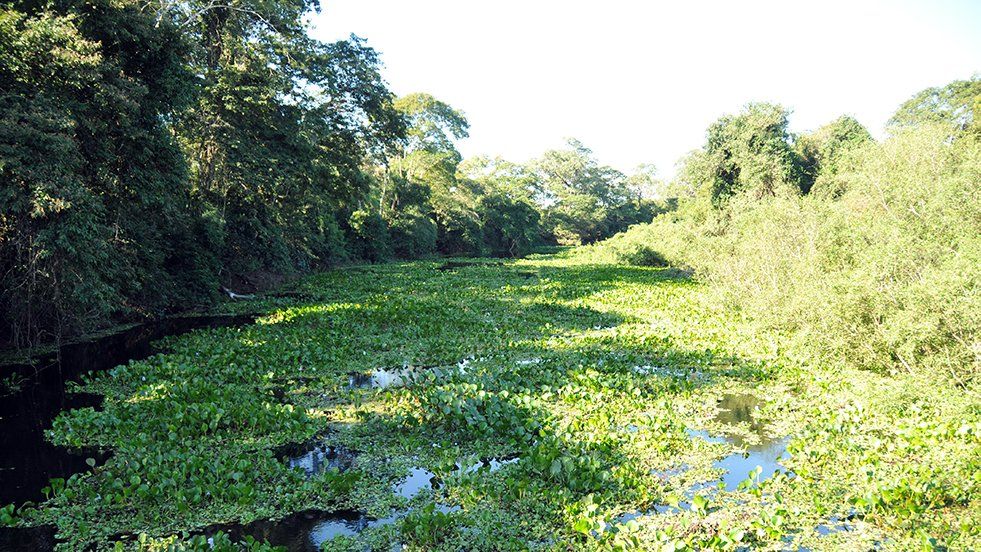
Photo by Roberto Hungria
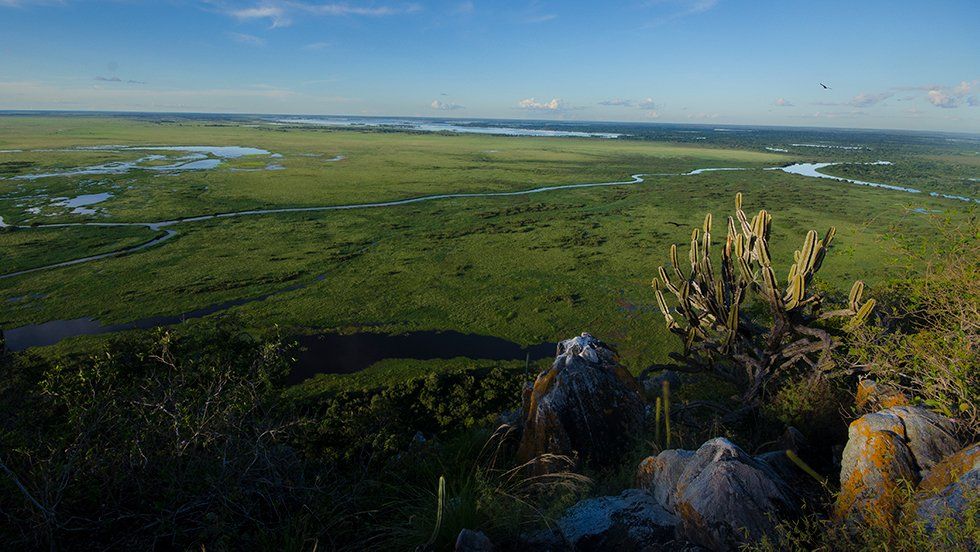
Photo by Luciano Malanski
Behind the name
The word ‘Pantanal’ comes from pântano. The Portuguese term means big wetland, big bog, big swamp, big quagmire or big marsh.

Photo by Claudio Frateschi for Shutterstock
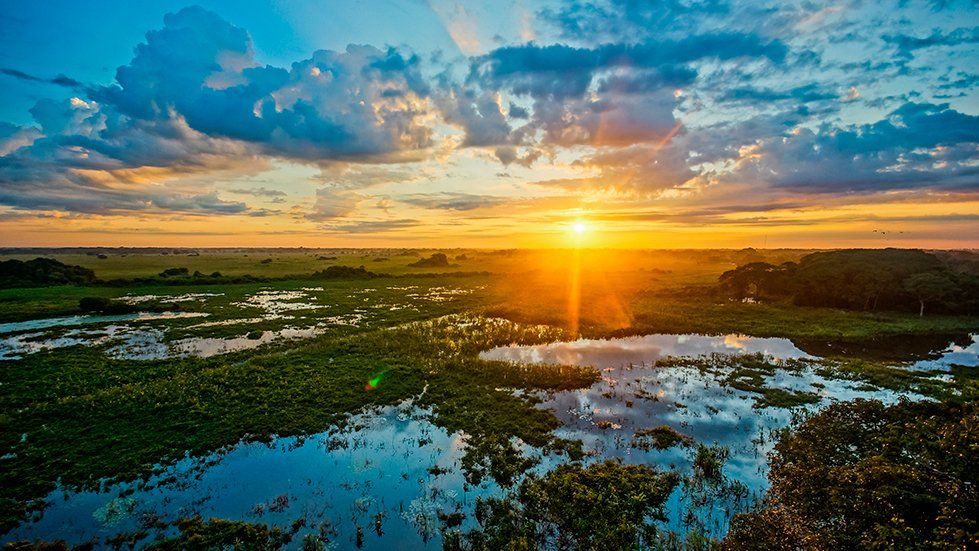
Photo by Stefan Andre Maceira for Shuttertock
Being underwater
During the rainy season, almost 80% of the Pantanal floodplains are submerged every year.
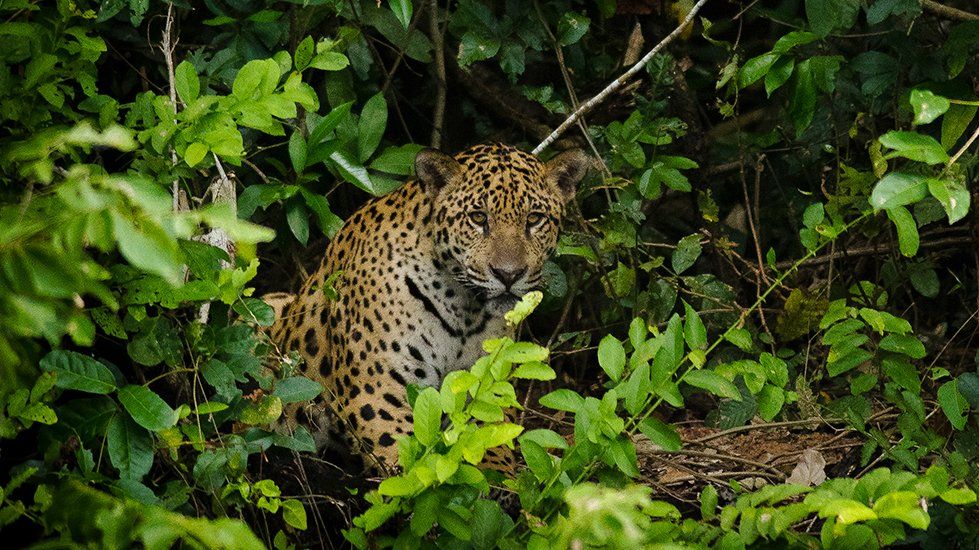
Photo by Luciano Malanski
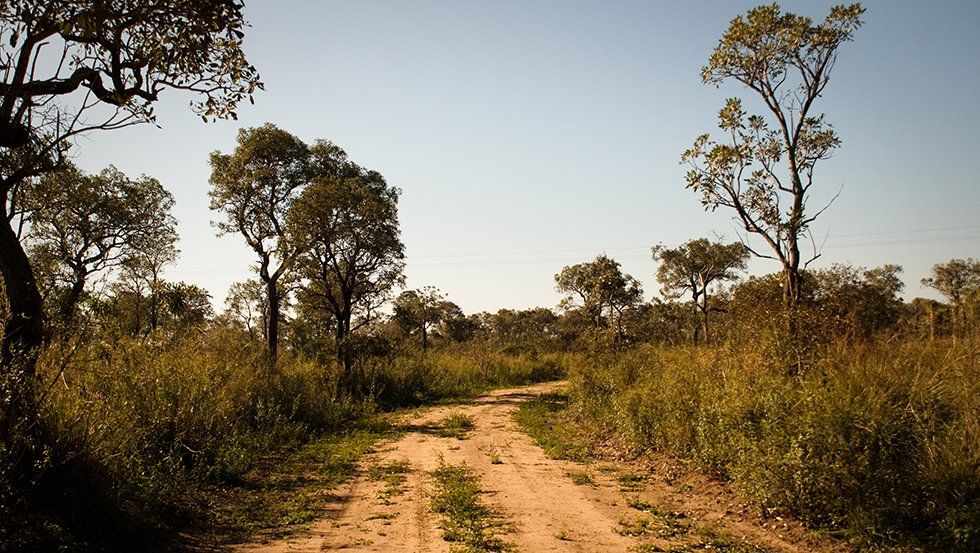
Photo by Stefano Veloccia
Scary residents
Anacondas are famous inhabitants of the Pantanal and can reach up to 30.5 feet long.
Filming in the Pantanal is a great choice for any audiovisual producer looking to add innovation to their projects, yet the logistics can be a little tricky. Also, for preservation reasons, there are special permits to film wildlife in the Pantanal, but don't worry! Story Productions provides full production services in Brazil, so we can help you through the entire process, from film equipment rentals to hiring an English-speaking camera crew!
Get in touch with us now.







